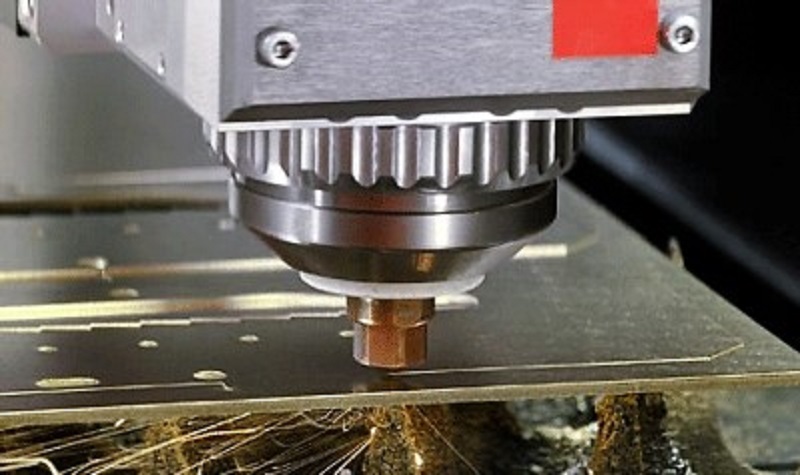When it comes to choosing the best lasers for metal laser cutting applications, sometimes, fabricators might find themselves in a dilemma. There are mainly three types of lasers available in the market named CO2 lasers, Fiber lasers, and Neodymium Lasers. Out of three, gas lasers (CO2 lasers) and fiber lasers are widely used by the metal fabricators and hence, we have thought to compare both types of lasers to offer a meaningful derivation to the metal fabricators to choose the one that fits in their preferences.

When you are looking for a laser metal cutting service provider, you need to check which laser type a fabricator is using.
CO2 lasers and Fiber lasers, both have their own advantages and drawbacks and we will check them out one by one.
Advantages of Fiber Optic Lasers:
- The fiber laser has no moving part and hence, it does not require any pre-production measures or procedures. It is just get-to-go setup and it makes the whole laser cutting method quick.
- The maintenance costs of the fiber lasers are very low and it makes them preferable in applications where production costs matter. Furthermore, the operational costs are very low too. It has a fit and forgets technology and it means that you don’t have to worry about maintenance and service cycles. Once it is fit perfectly, you just need to start using it and that will be all.
If you are looking for a laser cutting alternative that can reduce your electricity bills to a great extent, you can switch to fiber lasers as they are more efficient when it comes to electricity. In compared to CO2 laser, fiber lasers can produce lower running costs.
- For thin materials, fiber lasers are a perfect alternative as they are excellent in cutting thin materials with utmost precision.
- In addition to that, fiber lasers are very effective in cutting reflective materials without marking back reflections that might damage the machines. For home improvements, Fiber Optic lasers are preferred more.
Drawbacks of Fiber Optic Lasers:
- One drawback of fiber lasers is that they are not very accurate when thick materials are in the picture.
Advantages Of Co2 Lasers
- CO2 lasers are also popular in the metal fabrication industry due to some sound benefits they offer. Here is a list of some of the advantages CO2 lasers offer:
- If you are planning to cut thick metals, you cannot rely much on fiber lasers. CO2 lasers are perfect for thick materials like some metals like aluminum and steel. Though fiber lasers can work well with thick materials, they sometimes damage the surface of the metals. CO2 lasers, on the other hand, will leave a smooth surface.
- Furthermore, when you need to cut the metal in a straight line, a CO2 laser is faster and brings accurate results with great precision. Also, it has a quicker piercing time.
- According to experts, the CO2 lasers provide more accurate results compared to fiber lasers. In addition to that, they also take minimum time to complete bulk cutting orders.
Disadvantages Of Co2 Laser:
- One of the major drawbacks of the CO2 lasers is that it requires an expert to handle the machine.
- In addition to that, they need regular servicing and the maintenance costs are higher than fiber lasers. Also, it requires more electricity and your overall overhead bills will increase.
Wrapping Up:
Your metal fabricator can tell you which type of laser you might need for your custom metal cutting requirements. MetalsCut4U.com is a trustworthy name when it comes to metal fabrication services. They offer laser cutting services for metals such as Aluminum, Stainless Steel, and Carbon Steel.


